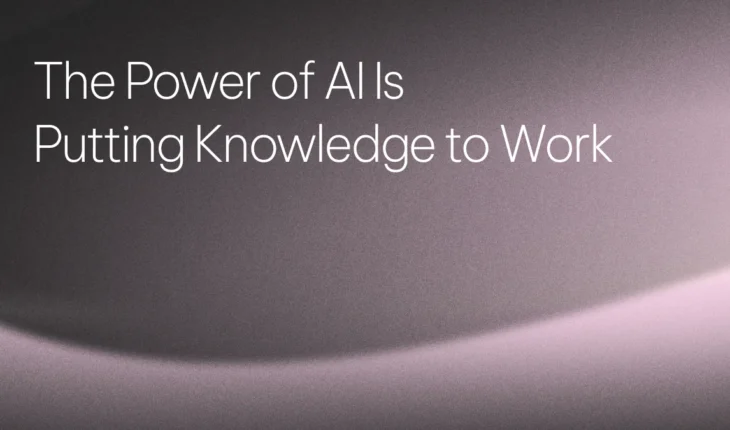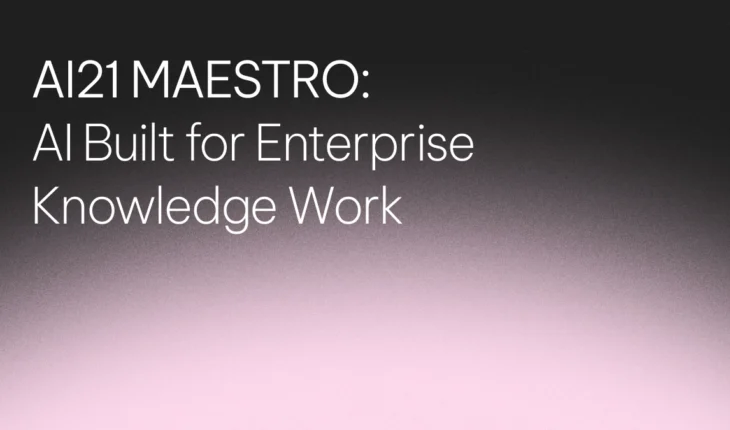
AI21 Completes $208 Million Oversubscribed Series C Round
AI21 Labs is delighted to announce the completion of an oversubscribed $208 million Series C funding round that values AI21 Labs at $1.4 billion. New investors including Intel Capital, the venture capital arm of Intel Corporation, Comcast Ventures, the venture capital arm of Comcast Corporation, and our existing investor Ahren Innovation Capital, have joined the round, which takes our total funding raised from $283 million to $336 million. It’s an honor that our specialized expertise in enterprise AI solutions has attracted such strong investor confidence in our vision.
“A multi-disciplinary approach is needed to deliver AI to the end user,” said Anthony Lin, Corporate Vice President and Head of Intel Capital. “The AI21 full-stack offering combines foundation models with successful applications and operation tools that will help enterprises accelerate GenAI adoption to increase productivity and affect their bottom and top line.”
“We are impressed with the strong team at AI21 and their ability to scale quickly in a rapidly evolving Generative AI landscape,” said Allison Goldberg, SVP and Managing Partner, Comcast Ventures and Startup Engagement. “We look forward to seeing how AI21 will deliver enterprise solutions to strategically leverage this technology in a way that is meaningful and reliable.”
The additional capital will allow us to double down on our business-first approach. As AI21 co-CEO and co-Founder Ori Goshen said, “We’re extremely grateful for the support of our investors who believe in our deep technology expertise. This funding will enable AI21 to increase mindshare that one size doesn’t fit all, as enterprises look for unique partners that understand their specific needs. Mass deployment of AI requires deep understanding of high-performance language models that can deliver better value and impact. Our approach is about designing AI with purpose, making it significantly more efficient than building from scratch, and much more cost effective.”
This new funding allows us to accelerate development of our Task-Specific Models that aim to solve key pain points around excessive capabilities and unreliable outputs. By focusing on targeted NLP tasks like grounded question answering and summarization, ourmodels maximize accuracy for each specific enterprise need, while minimizing unneeded functionality that leads to problematic hallucinations.
For example, customers such as Clarivate and One Zero use our Contextual Answers model to answer user queries using information based entirely on their organization’s body of data.
We’re proud to be one of the few companies in the world that combines the development of proprietary LLMs for enterprises with application development for consumers. AI21 achieves this through a neuro-symbolic architecture that combines large language models, external knowledge sources, and discrete reasoning.
“We will see an increasing shift in discussion to AI Systems that will define the next era in computing. By adopting a more comprehensive systems approach, our AI enriches LLMs with knowledge and reasoning, in addition to statistical inference. This enables us to define a flexible architecture with multiple LLMs, complemented by discrete knowledge and reasoning modules,” said Prof. Yoav Shoham, co-founder and co-CEO, AI21.


